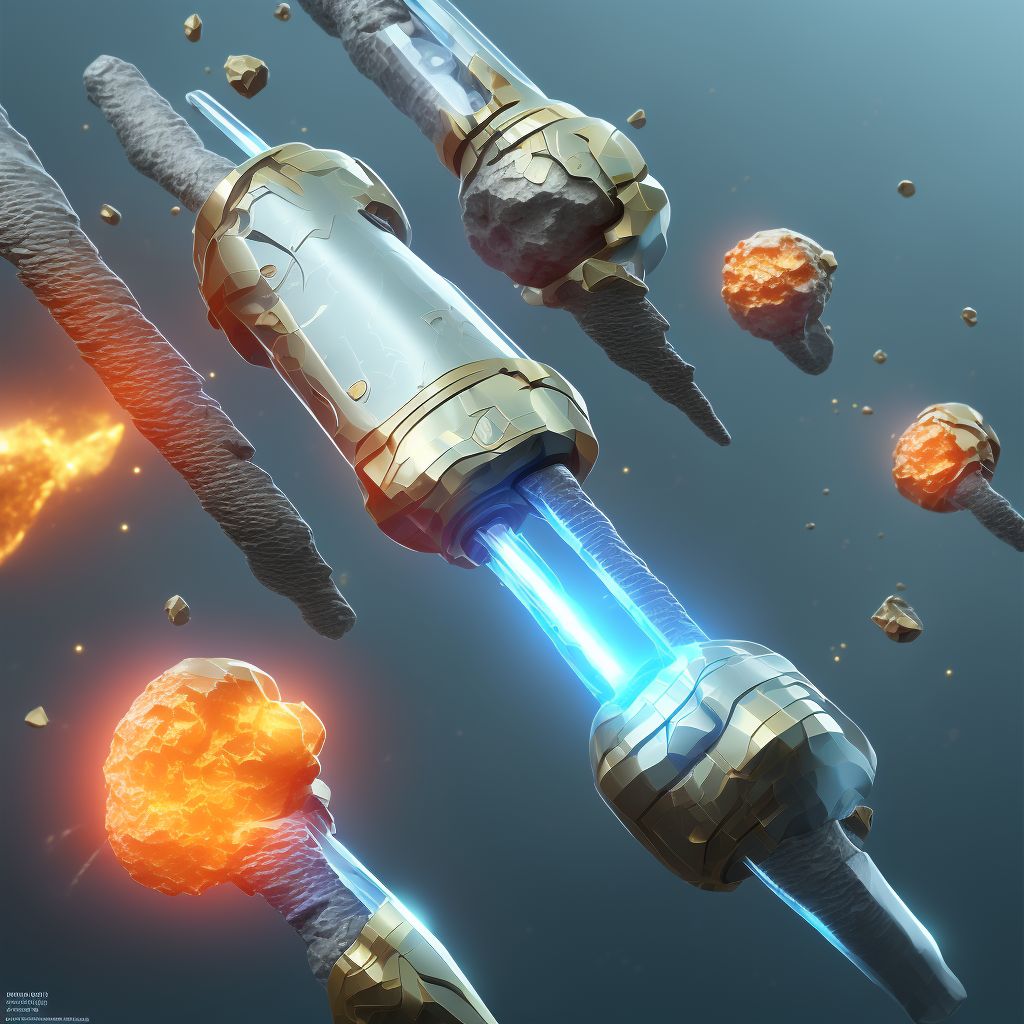
Nondisplaced oblique fracture of shaft of right tibia, subsequent encounter for open fracture type I or II with delayed healing Save
ICD-10 code: S82.234H
Disease category: S82.234: Nondisplaced oblique fracture of shaft of right tibia
Nondisplaced Oblique Fracture of Shaft of Right Tibia: Understanding Open Fracture Type I or II with Delayed Healing
When it comes to orthopedic injuries, the nondisplaced oblique fracture of the shaft of the right tibia is a common occurrence. In some cases, this fracture may develop into an open fracture type I or II with delayed healing. Understanding the nature of this injury and its subsequent encounters is essential for proper management and care.
1. Definition:
A nondisplaced oblique fracture refers to a break in the tibia's shaft, where the bone remains aligned but is fractured diagonally. This type of fracture is typically caused by direct trauma or excessive force applied to the leg.
2. Open Fracture Type I or II:
An open fracture occurs when the broken bone pierces through the skin, increasing the risk of infection. Type I open fractures involve a small wound, while type II fractures have a larger open wound. Both types require immediate medical attention to prevent complications.
3. Delayed Healing:
Delayed healing indicates that the fracture is taking longer than usual to heal. Several factors can contribute to this, including inadequate blood supply, poor nutrition, smoking, or the presence of infection. It is crucial to address these underlying causes to facilitate proper healing.
4. Subsequent Encounter:
A subsequent encounter refers to a follow-up visit after the initial diagnosis. In the case of a nondisplaced oblique fracture of the right tibia with delayed healing, this visit is necessary to assess the progress, evaluate any complications, and adjust the treatment plan accordingly.
- Diagnostic Procedures:
- Wound Care:
- Non-treatment Approaches:
During subsequent encounters, diagnostic procedures such as X-rays, CT scans, or MRI scans may be performed to monitor the healing process, identify any signs of infection, or assess bone alignment.
Proper wound care is crucial for open fractures. This includes cleaning the wound, removing debris, and applying sterile dressings to prevent infection. Antibiotics may also be prescribed to combat or prevent any bacterial contamination.
While this article focuses on understanding the injury and subsequent encounters, it's important to note that the specific treatment plan should be discussed with a healthcare professional. Treatment options may include immobilization with a cast or splint, surgical intervention, or the use of orthopedic devices.
Overall, a nondisplaced oblique fracture of the shaft of the right tibia can develop into an open fracture type I or II with delayed healing. Proper care, subsequent encounters, and adherence to the prescribed treatment plan are
Treatment of Nondisplaced oblique fracture of shaft of right tibia, subsequent encounter for open fracture type I or II with delayed healing:
Treatment Options for Nondisplaced Oblique Fracture of Shaft of Right Tibia
A nondisplaced oblique fracture of the shaft of the right tibia, subsequent encounter for open fracture type I or II with delayed healing, can be a challenging condition to treat. However, several treatment options are available to promote healing and restore functionality to the affected leg.